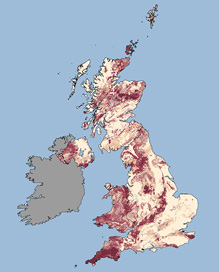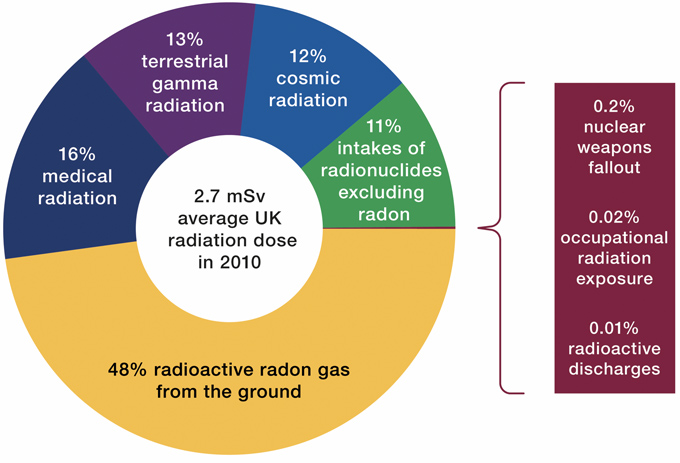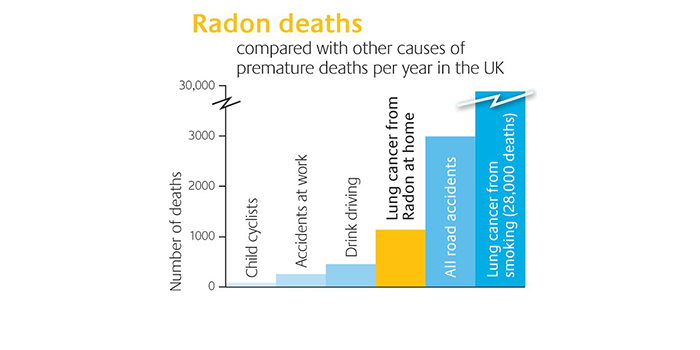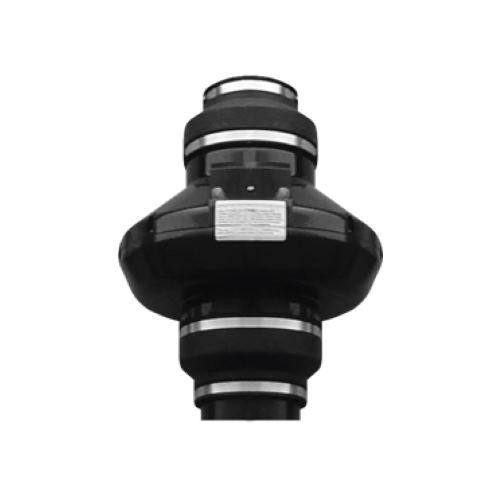Fastlec uses cookies to ensure that we give you the best experience on our website. If you continue we assume that you consent to receive all cookies on the Fastlec website. Read More.
Blog
All of the latest news and insights into the electrical world, from Fastlec.
Radon is a naturally occurring gas that is colourless, odourless, and tasteless. It is produced by the breakdown of uranium in soil, rocks, and water. Radon gas can enter buildings, including homes, schools, and workplaces, and can accumulate to levels that are harmful to human health. In this article, we will discuss the most common questions people ask about radon and provide answers to help you protect yourself and your loved ones.

What is radon?
Radon is a radioactive gas that occurs naturally in the environment. It is a product of the decay of uranium and radium, which are present in soil, rocks, and water. Radon gas can be found all over the world, and exposure to high levels of radon can increase the risk of lung cancer. The highest UK radon levels are typically found in areas with higher levels of radium in the underlying rocks and soil, such as parts of Cornwall, Devon, and Derbyshire. However, radon can be found in all parts of the UK

How does radon get into my home?
Radon gas can seep into buildings through cracks and gaps in the foundation, walls, and floors. It can also enter through pipes and drains. Radon can be present in any type of building, regardless of its age or construction.
What are the health effects of radon exposure?
Exposure to high levels of radon gas can increase the risk of lung cancer. Radon is the second leading cause of lung cancer after smoking. According to Public Health England, approximately 1 in 15 homes in the UK have radon levels above the recommended action level of 200 becquerels per cubic metre (Bq/m3).
How do I test my home for radon?
The only way to know if your home has high levels of radon is to test it. Radon testing is simple and inexpensive, and there are several ways to do it. You can purchase a do-it-yourself radon test kit or hire a professional to test your home for you. It's recommended that homeowners and tenants test their homes for radon levels and take appropriate action if necessary, such as installing ventilation systems or other remediation measures. Public Health England provides guidance and advice on radon testing and remediation on their website.
How do I reduce radon levels in my home?
If your home has high levels of radon, there are several ways to reduce the levels. The most effective method is to install a radon mitigation system, which typically involves sealing cracks and gaps in the foundation and installing a vent pipe and fan to draw the radon out of the building and release it into the outdoor air. Other methods include increasing ventilation, sealing sump pumps and drains, and using radon-resistant construction techniques in new homes.
What is the Safe Level of Radon?
Radon levels are measured in becquerels per cubic metre of air (Bq m-3), and the average level found in UK homes is 20 Bq m-3. As long as radon levels remain below 100 Bq m-3, your personal risk of harmful health effects from exposure remains relatively low and does not warrant immediate concern.
Is Radon a Problem in All Homes?
Radon is found in all homes to some degree, but the levels can vary widely depending on the location and construction of the home. Homes that are built on soil with higher levels of uranium and radium are more likely to have higher levels of radon.
What are the Risks of Long-Term Exposure to Radon?
Long-term exposure to radon has been linked to lung cancer. The risk of developing lung cancer increases with the level and duration of exposure. Smokers who are exposed to radon are at an even higher risk of developing lung cancer.

Can Radon Cause Lung Cancer?
Yes, long-term exposure to radon has been linked to lung cancer. Radon is the second leading cause of lung cancer in the UK, after smoking. Radon particles can attach to dust and other airborne particles, which can then be inhaled into the lungs. This can damage the cells in the lungs, which can lead to cancer over time. The risk of developing lung cancer from radon exposure is higher for smokers, but non-smokers can also be at risk. It is important to test your home for radon and take steps to reduce the levels if necessary to protect your health and the health of your loved ones.
The Cure - Radon Mitigation Systems
Radon mitigation systems are designed to reduce the levels of radon in a home. There are several different types of radon mitigation systems, but the most common method is called "sub-slab depressurization". This involves installing a vent pipe and fan system that draws radon out from under the foundation of the home and vents it outside. This system creates a negative pressure zone under the foundation that prevents radon from entering the home.
The installation of a radon mitigation system typically involves drilling a small hole in the foundation of the home to insert a PVC pipe, which is then connected to a fan that is mounted outside of the home. The fan creates a suction that draws the radon gas from beneath the foundation and expels it outside, where it can safely dissipate into the air.
The cost of a radon mitigation system can vary depending on the size of the home, the type of system, and the severity of the radon problem. In general, the cost of a radon mitigation system can range from a few hundred to several thousand pounds. However, the cost of not mitigating radon levels can be much greater in terms of long-term health risks and potential medical expenses.
It is important to note that radon mitigation systems should be installed by a trained professional who is certified in radon mitigation. This will ensure that the system is installed correctly and effectively reduces the radon levels in your home. After the system is installed, it is recommended to re-test your home for radon to ensure that the system is working properly and the radon levels have been reduced to safe levels.



